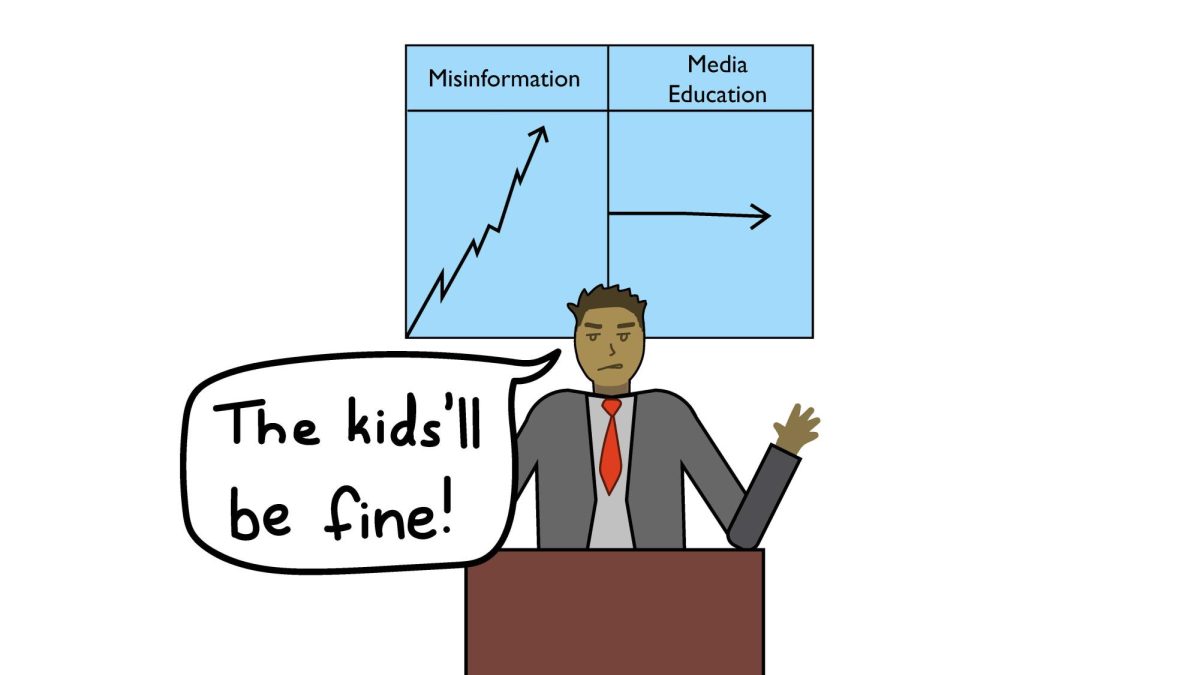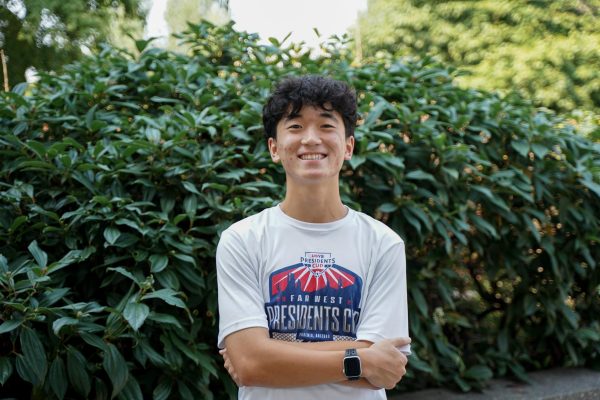Currently, NSD is facing a debt of $26 million, a common trend across Washington school districts due to financial pressures, a lack of pandemic relief funds and declining enrollment. Because of this, NSD must recoup a $22 million budget shortfall for the 2024-25 school year. This financial predicament is exacerbated by the current seven-period day system, which the district first implemented in the 2019-20 school year to help students reach Washington’s 24-credit high school graduation requirement while giving them the freedom to explore different paths through electives. Various operational expenses, especially staff salaries, make this system costly and difficult to maintain.
At face value, there seems to be a clear solution to this issue: the district should revert back to the significantly cheaper six-period day system, which the district projects to save $5.8 million. But at what cost?
If the district goes forward with this idea, it would be disastrous for the student population. It is necessary that the district look for alternative ways to work towards resolving its financial issues because the six-period day system interferes with students’ educational experiences.
With a six-period day system, students lose opportunities to earn credits that are available with the current seven-period day system. If a student could only take six classes for all four years, the maximum credits they could receive would be 24, barely reaching the exact amount required to graduate. This means that if a student fails one of their classes — therefore not earning credit — they would be in an extremely difficult situation: they would be unable to retake the class for credit as they have no schedule space, but they would still need the credit from the class to be able to reach the state credit minimum to graduate. Their only option to graduate would be to obtain credit from non-traditional education systems like summer school, which are known to be less effective than traditional settings. If the district retains the seven-period day schedule, they help prevent issues with credit retrieval by giving students a four-credit safety net.
Some may argue that a six-period system is still better because a majority of students don’t have issues with obtaining enough credit, but this system has an impact on all students since it significantly restricts students’ freedom in class choices and ability to explore different pathways.
For many, losing a period would result in the loss of an elective space that could be used to consider different passions, interests or potential careers. If a student is interested in more than one elective, they would be forced to pick between them and abandon one of their interests. For example, students enrolled in the IB program are required to take an IB elective class, but many members of the program are also involved in other classes, such as band or orchestra.
Perhaps a student wants to demonstrate their academic rigor in their college applications by enrolling in the IB Diploma program. In their free time, they love playing the flute and have been practicing everyday since fifth grade. They want to be in the school’s band, but because they are unable to take two elective classes, they can’t if they want to be an IB Diploma student. This student shouldn’t have to sacrifice a passion simply because there isn’t enough room in their schedule.
While this student could look for opportunities outside of school to continue playing music, options may be few, expensive and inaccessible. Schools provide many resources and opportunities to ensure that every student has the opportunity to pursue their interests. For example, students in music classes can check out school-provided instruments, and students in photography can use the school’s cameras. Instruments and cameras are both extremely expensive items that schools provide to students for free, eliminating monetary barriers that prevent students from looking into different pathways. By taking away elective spaces, the six-period schedule expands educational gaps by denying students the opportunity to free educational resources that could otherwise be inaccessible outside of school.
In some situations under the six-period schedule, students wouldn’t even have a choice in which electives they can take. In many districts, including NSD, receiving a credit from a health class is a non-negotiable requirement for students to graduate. With only one elective space, students who want to take a year-long elective are completely unable to take that elective for all four years if they want to graduate. Students would have to drop their desired elective for an entire year just for the mandated health credit. How is this fair to students?
It’s not. NSD needs to look at other ways to combat this financial situation. Unlike the six-period day system, solutions should not deny educational opportunities to students and must be beneficial to their growth.
Some options around consolidating schools seem promising. With a $31 million deficit, the Bellevue School District closed two schools this school year, saving $6 million.
NSD could follow suit and consider closing certain schools that are the most costly to maintain while having low enrollment rates, namely Innovation Lab High School, the district’s choice school. ILHS is supposed to provide students with a “non-traditional learning space” that is “designed to be highly flexible and configurable,” according to its profile. The school may have its benefits by providing students with unique opportunities, but these benefits only help the select few — 250 total student population — at the school. Considering its costs, ILHS might be a reluctant but necessary sacrifice that prioritizes the needs of every student across the district rather than a small group. While this wouldn’t completely solve the problem by itself, it would still save a significant amount of money for the district.
Cutting ILHS would be one of many difficult decisions that the district would need to deeply evaluate in addressing its financial deficit. Solutions are tangled messes that the district needs to unravel. Somehow, they must find a solution that simultaneously alleviates its financial burden while continuously supporting students’ education and opportunities.
To make sure the district considers all perspectives and aid it in its journey towards a solution, parents, students and teachers must voice their opinions and contribute to this vital discussion to help the district make a decision that considers their perspectives. The district’s board meetings are open to the public, and community members can comment either in person or virtually. To do this, visit nsd.org for more information.
This is a problem that is not unique to NSD; many other districts in the country are also facing issues with deficits and cuts. While each situation is different, collaboration between the community and district poses as a universal aid towards the widespread issue of school deficits. This partnership should not only address reactive measures, like cuts, but also proactive measures, like working with the state to increase school funding. By working together, districts and communities will be able to work towards a solution that both helps resolve financial burdens while also ensuring that every student gets the education they need and deserve.











